The Overlooked Powerhouse of Midlevel Donors as Tomorrow’s Planned Giving Champions
In nonprofit fundraising, it’s easy to focus on the bookends—small donors for broad-based support and major donors for transformational gifts. But in between lies a donor group that’s both an immediate asset and a long-term treasure: midlevel donors.
These are individuals who give more than the average annual fund donor but aren’t yet making six- or seven-figure commitments. While exact thresholds vary, they’re often defined in the $1,000 to $10,000 annual giving range. This group may represent a relatively small portion of your donor file, yet they can account for a disproportionately large share of annual revenue.
What’s less obvious—but perhaps even more important—is that midlevel donors are some of the best future planned giving prospects your organization will ever have.
Planned giving, whether through bequests, charitable trusts, or other vehicles, is almost always built on trust and loyalty. A donor has to believe deeply in your mission, see consistent impact over time, and feel personally connected to your organization’s work.
Midlevel donors often check all those boxes. They’ve demonstrated generosity at a meaningful level. They’ve typically given for multiple consecutive years, sometimes over decades. They tend to stay engaged during economic downturns, maintaining their commitment even when other funding streams falter. These are the same qualities you see in the most committed planned giving donors.
The path from midlevel annual donor to planned giving donor is rarely quick. It requires consistent stewardship, personal outreach, and authentic relationship-building. That means:
Regular, tailored communication that goes beyond solicitations to share impact stories and organizational priorities.
Opportunities for deeper engagement, such as volunteer leadership roles, behind-the-scenes briefings, and mission-related events.
Introduction to planned giving concepts in a way that is educational, not transactional—helping donors see how such gifts align with their values and legacy.
You may nurture a midlevel donor for many years before a planned gift conversation naturally emerges. That’s not wasted time; it’s the investment that makes the conversation possible in the first place.
An August 2025 article by Rasheeda Childress in The Chronicle of Philanthropy (“How a Midlevel Program Can Boost Giving in a Time of Uncertainty”) underscored how these donors can stabilize annual giving. I would add that they also represent one of the most fertile sources of future legacy commitments—if you’re patient and diligent.
Building a strong midlevel donor program isn’t just a tactic for short-term revenue growth. It’s a pipeline strategy for your organization’s financial future. By committing to intentional stewardship now, you position your mission to benefit from transformational planned gifts later—ensuring impact for generations to come.


